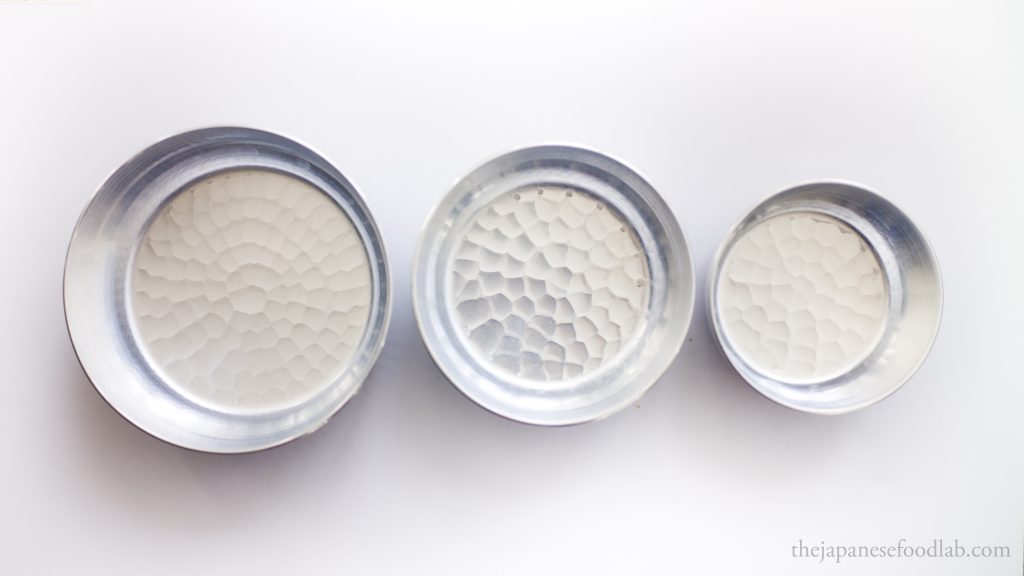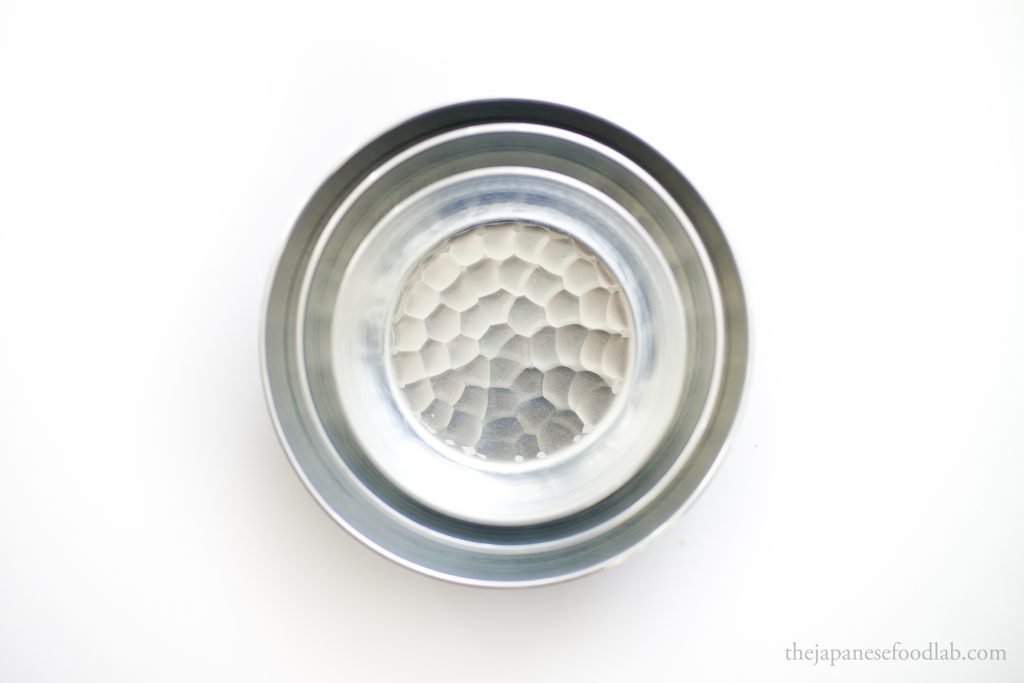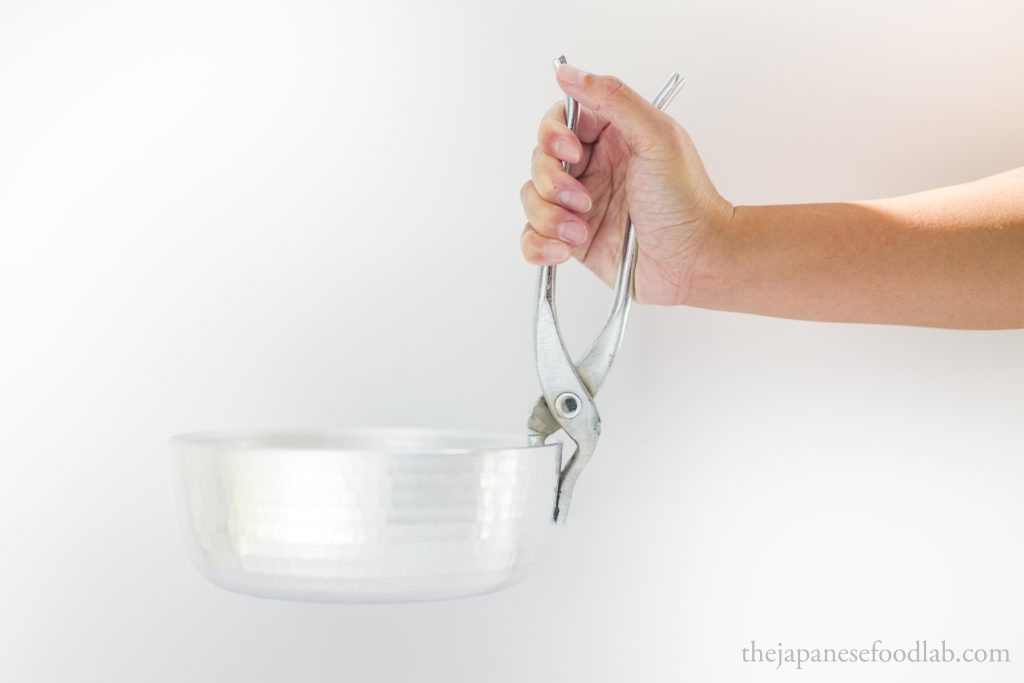
The intimate design of Japanese counter seat restaurants
Compared to the major fine dining institutes in Europe and America, I was always surprised at how few people made up the brigade at Japanese restaurants. Whilst I can’t speak for Kaiseki restaurants that tended to serve more complicated multicourse meals, this was definitely the case at counter-type restaurants that served only 8 to 10 people in a single seating. Of course given how few customers we served, maybe it made sense that we had such a small team but it was still a huge difference from some of the restaurant’s I’d worked at in Europe, with one restaurant in Denmark having a ratio of one customer to one kitchen worker (interns included).
At our small sushi restaurant, our team basically consists of 4 members. The restaurant owner and head chef, who we call Oyakata, two cooks and one waitress. There was a part time cleaner who would come for a few hours in the morning now and then, but that was about it. I’d always remember how the kitchen was so small and narrow that if someone needed to get past you, you’d have to exit the kitchen either through the kitchen backdoor or into the dining room to let them pass. Of course it’s still possible to squeeze past someone if you press your body uncomfortably close to them. I still remember Oyakata deliberately positioning himself in such a way to prevent that from happening, but then again who would dare to push past your boss?
This meant that if I wanted to get a fish from the fridge to scale and gut in the sink, I’d need to go out through the kitchen backdoor, out onto the public road all the way round to the main entrance of the restaurant that customers used, and walk through the dining room to access the fridge before taking the same trip back. Having cleaned the male and female toilets dedicated to customers many times, I was quite convinced that the two toilet cubicles combined were larger in size than the kitchen we used.

Pots and pans at a Japanese Three Michelin Starred Sushi Restaurant
While this is just a small anecdotal story for you to read about, it always reminded me about how space was incredibly valuable. This is already true for the entire restaurant industry in general, but felt much more tangible in Japan. What does this have to do with the pots we used? Well, there just wasn’t a lot of space to store them. There wasn’t any room to hang them and there weren’t any shelves to place them on in the first place. Instead, we stacked them up into a pile on a small overhead rack.
When you think of a traditional Japanese saucepot, what immediately comes to mind is a yukihira pot (行平鍋), which is a metal saucepan with a pouring spout and wooden handle riveted to the body. We didn’t even have space for various sizes of yukihira pots because of the handles. With handles, we couldn’t easily stack the pots together so they have to be stored individually. Instead, we used handleless version of yukihira pots known as pincer or yattoko pots (やっとこ鍋). You see, without handles, these pots of different sizes could easily be stacked together as you would a stack of bowls.
In fact, after a while you realize that pots without handles are basically just large metal bowls that you put directly on fire. Mind you, we didn’t even have space for a stove either, so we just used restaurant grade portable gas burners that we stored under the sink when not in use. Yattoko pots are basically one of those things you’d never find outside of a restaurant in Japan. Most Japanese people would never even have heard of them as they’re more familiar with the user-friendly yukihira pot. The yattoko pot basically evolved due to the age-old need for efficient storage in small Japanese kitchens.
This design also made it have its own advantages and disadvantages. If we needed to bring liquid to a boil quickly, it was quite normal to place a small yattoko pot on a gas burner at full blast. The flames from the burner would be so strong that they completely surrounded the sides of the pot, sometimes almost to the same height as the pot walls. This meant the pot was not only being heated from the bottom but also the sides, bringing liquids up to a boil really quickly. Such a feat wouldn’t be possible with a normal pot as it would render the handles too hot to touch, or would melt or burn off plastic and wooden handles.

The main downside to these pots was that there was no convenient way to transport or handle them. The reason why they’re called pincer pots is that you typically buy them with a pair of pincers or pliers, which you use to grip the side of the pot and lift them one handed. This means that you not only need incredible grip strength to move them, but also trust that the grip of the pincer wouldn’t slip off and drop the pot and it’s boiling hot contents all over yourself. Using a cloth towel to grip the sides of the pot wasn’t an option just from the sheer heat of the pot as well as the lack of grip. One of the most stressful parts of the job was bringing out freshly cooked monkfish liver or akadashi miso soup from the kitchen to the counter top from fear of spilling everything in front of the guest. Luckily enough, the other chef who was sometimes around and much taller and stronger usually offered to do it.
I personally have a set of these pots at home that I absolutely adore, but don’t get me wrong, I’m not trying to sell them in any way but just give an accurate view of how these pots were used in context and how they came to be. They’re much more valuable to me for sentimental reasons. Outside of a restaurant environment, they’re definitely very useful in a one pot meal context where you cook your food in a single small pincer pot and use the pot as a bowl from which you eat out of. If you’re interested in purchasing some online, just look out for the pot thickness if you can find it. They’re almost all made from aluminum but just make sure it’s not too thin. The higher end ones are made from copper and lined with tin but I’ve honestly never seen any of them used in restaurants. A reputable solid company that makes these pots is Kiya.
If you’re interested in other tableware or kitchenware used at a traditional counter seat restaurant, check out:
Our page on donabe rice cookers